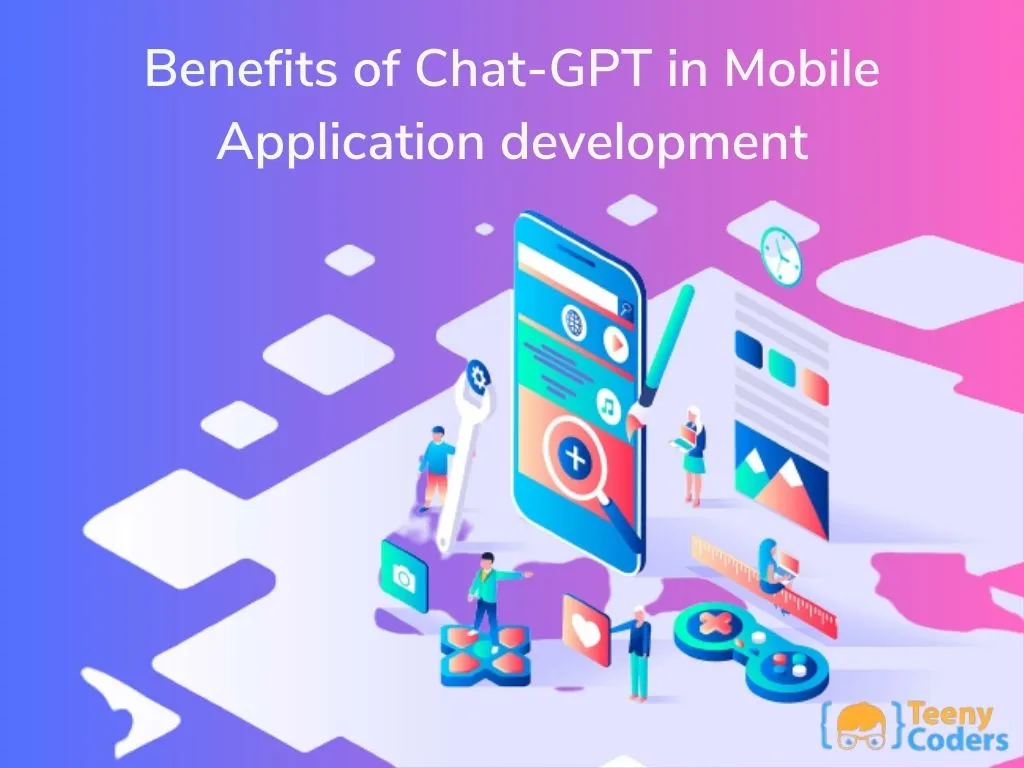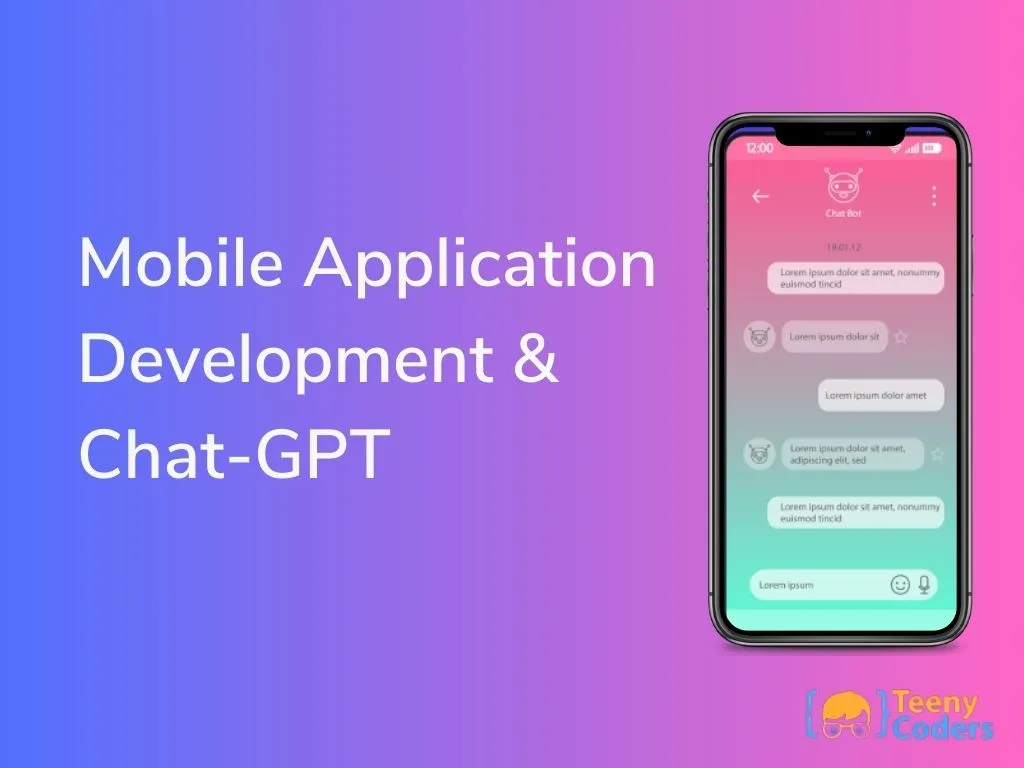Mobile application development has witnessed significant advancements in recent years, allowing businesses to engage with their users in innovative and personalized ways. With the advent of Chat-GPT, a powerful language model developed by OpenAI, mobile app developers now have an exceptional tool at their disposal. In this article, we will explore how Chat-GPT can revolutionize the mobile application development process, enhancing user experiences and streamlining customer support.
1. Introduction
The rapid growth of mobile applications has created a demand for seamless and interactive user experiences. Traditional approaches to mobile app development often involve static interfaces and predefined interactions, limiting the flexibility and personalization available to users. Chat-GPT, a state-of-the-art natural language processing model, offers a dynamic solution to this challenge.
2. Understanding Chat-GPT
2.1 What is Chat-GPT?
Chat-GPT is a language model that leverages deep learning techniques to generate human-like responses based on the input it receives. It is trained on vast amounts of text data and can understand and conversationally generate text. This makes it an ideal tool for mobile app developers looking to incorporate natural language interfaces and intelligent chatbots into their applications.
2.2 How does Chat-GPT work?
Chat-GPT is built upon the GPT-3.5 architecture, which stands for Generative Pre-trained Transformer 3.5. It utilizes a transformer-based neural network, which allows it to process and generate text with a high degree of coherence and context. By fine-tuning the model on specific tasks and domains, developers can create customized conversational agents that cater to their app’s unique requirements.
3. Benefits of Chat-GPT in Mobile Application Development
Integrating Chat-GPT into mobile applications brings a multitude of benefits for both app developers and end-users.

3.1 Enhanced User Experience
With Chat-GPT, mobile apps can offer highly interactive and personalized user experiences. Users can engage in natural language conversations, enabling them to ask questions, seek assistance, or even have meaningful discussions with the app itself. This conversational interface creates a more engaging and intuitive user journey.
3.2 Efficient Customer Support
Incorporating Chat-GPT-powered chatbots into mobile apps can significantly enhance customer support capabilities. These chatbots can handle common user queries, provide instant responses, and guide users through various app features. By automating repetitive tasks, app developers can optimize their customer support resources and deliver faster resolutions to user issues.
3.3 Personalized Recommendations
Chat-GPT can also be leveraged to provide personalized recommendations within mobile applications. By analyzing user preferences and behavior, the model can suggest relevant content, products, or services tailored to each user’s needs. This level of personalization enhances user engagement and satisfaction, ultimately driving user retention and app success.
4. Integrating Chat-GPT in Mobile Applications
Now that we understand the benefits of Chat-GPT, let’s explore how it can be seamlessly integrated into mobile applications.
4.1 Chatbot Development Frameworks
Several chatbot development frameworks and libraries are available that support the integration of Chat-GPT. These frameworks provide a simplified and efficient way to develop chatbots and enable interaction with the model. Examples of popular frameworks include Dialog Flow, Microsoft Bot Framework, and Rasa.
4.2 API Integration
To integrate Chat-GPT into mobile applications, developers can make use of OpenAI’s API. The API allows developers to send requests to the model, receive responses, and handle the conversational flow within their application. By utilizing the API effectively, developers can create seamless and natural conversational experiences for their app users.
4.3 Natural Language Processing
Natural Language Processing (NLP) plays a crucial role in integrating Chat-GPT into mobile applications. NLP techniques enable the processing and understanding of user queries, allowing the chatbot to provide accurate and meaningful responses. Techniques such as intent recognition, entity extraction, and sentiment analysis can be employed to enhance the chatbot’s understanding of user input.
5. Challenges and Considerations
While Chat-GPT offers tremendous potential in mobile application development, there are certain challenges and considerations to keep in mind.
5.1 Data Privacy and Security
When integrating Chat-GPT into mobile apps, data privacy, and security should be a top priority. User inputs and conversations may contain sensitive information, and it’s crucial to handle and store this data securely. Implementing robust encryption, and access controls, and complying with data protection regulations is essential to ensure user trust and privacy.
5.2 Training and Fine-Tuning
To achieve optimal performance, developers need to train and fine-tune the Chat-GPT model according to their application’s specific requirements. This process involves providing domain-specific training data, defining conversational intents, and iterating on the model’s performance. Training and fine-tuning require expertise and careful monitoring to achieve the desired conversational quality.
5.3 User Feedback and Iteration
Continuous user feedback plays a vital role in refining the chatbot’s performance and enhancing the user experience. Encouraging users to provide feedback, monitoring chat logs, and analyzing user interactions can help identify areas for improvement. Regular iteration and updates to the chatbot’s capabilities ensure that it evolves and remains aligned with user expectations.
6. Successful Examples
Several mobile applications have successfully integrated Chat-GPT, transforming the user experience and setting new standards for engagement. Examples include travel apps with virtual travel assistants, e-commerce apps with personalized shopping assistants, and healthcare apps with intelligent symptom checkers. These success stories demonstrate the potential of Chat-GPT to revolutionize various industries.
7. Conclusion
Chat-GPT represents a game-changing technology in the realm of mobile application development. By integrating natural language interfaces and intelligent chatbots powered by Chat-GPT, developers can create highly interactive and personalized experiences for their app users. From enhanced user experiences to efficient customer support and personalized recommendations, the benefits are substantial. With the right considerations, training, and data privacy measures in place, Chat-GPT can unlock a new era of mobile app innovation.


